Let's face it: Weight loss can be tricky. You know you need to eat "healthy" foods, and that includes ditching refined carbs and sugar. But it's a challenge to know what foods are actually good for you. Foods with a "health halo" are deceiving, and they can actually cost you hundreds of unwanted calories.
At the end of the day, it's important for you to create a caloric deficit in order to finally lose weight.
"Not all calories are created equal, where for the same amount of calories, foods high in fat and sugar are calorie-dense without a lot of nutrients whereas foods high in protein and fiber are a lot more filling," says Lauren Harris-Pincus, MS, RDN, and author of The Protein-Packed Breakfast Club.
So, if you think that smoothie bowl topped with fruit, nut butter, shredded coconut, and possibly some chocolate chips is going to help you lose weight, think again. Stop to consider portion sizes, the number of sugary items, and how many calories you're actually consuming in one sitting. See, it's not that easy to spot what foods are actually the best and worst for weight loss!
Acai Bowls
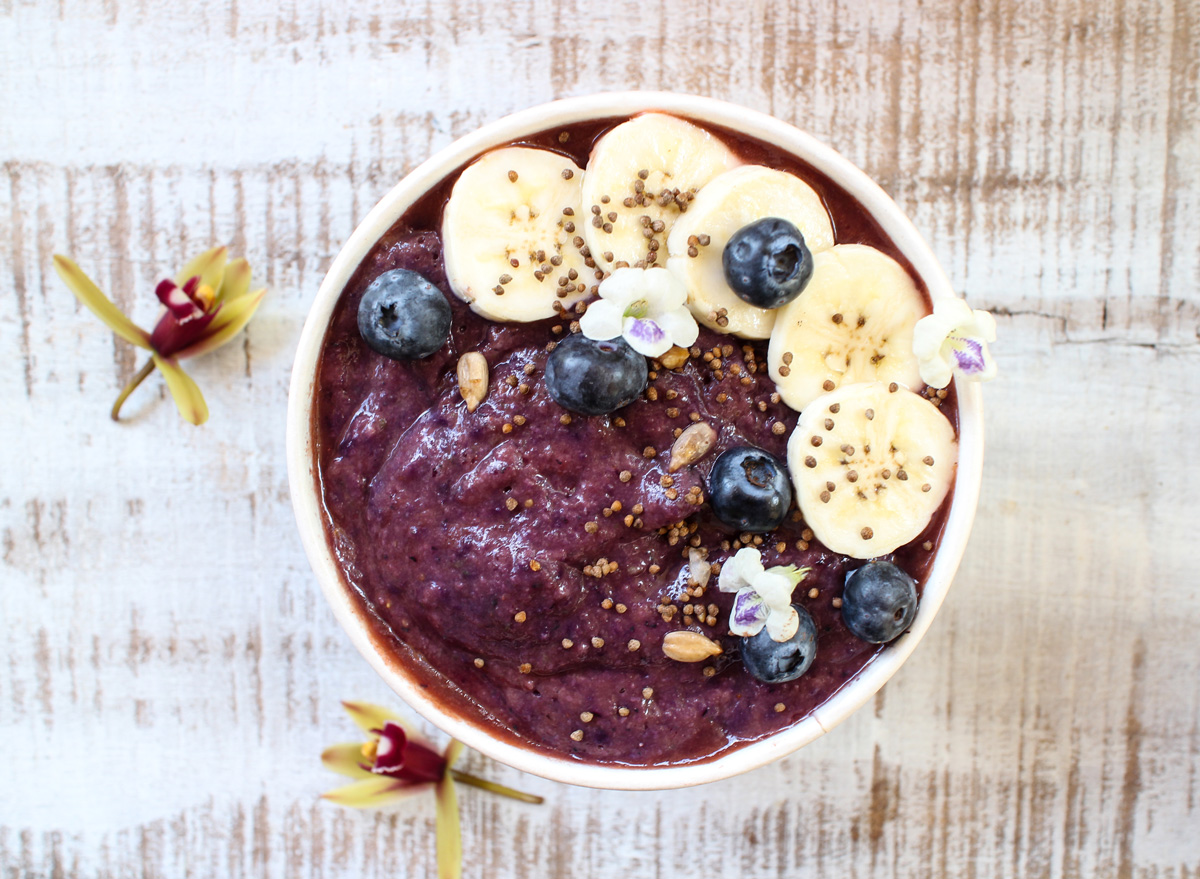
Acai bowls are packed with fresh, bright fruit, but they can pack 500 to 800 calories, plus a few days' worth of sugar depending on what you add to them.
"It's very difficult to find nutrition information on the ones you buy in a shop," Harris-Pincus says. "So, if you really enjoy them, stick to a smaller size with the acai base, fresh fruit, and a protein source, such as powder or some nuts."
Sushi
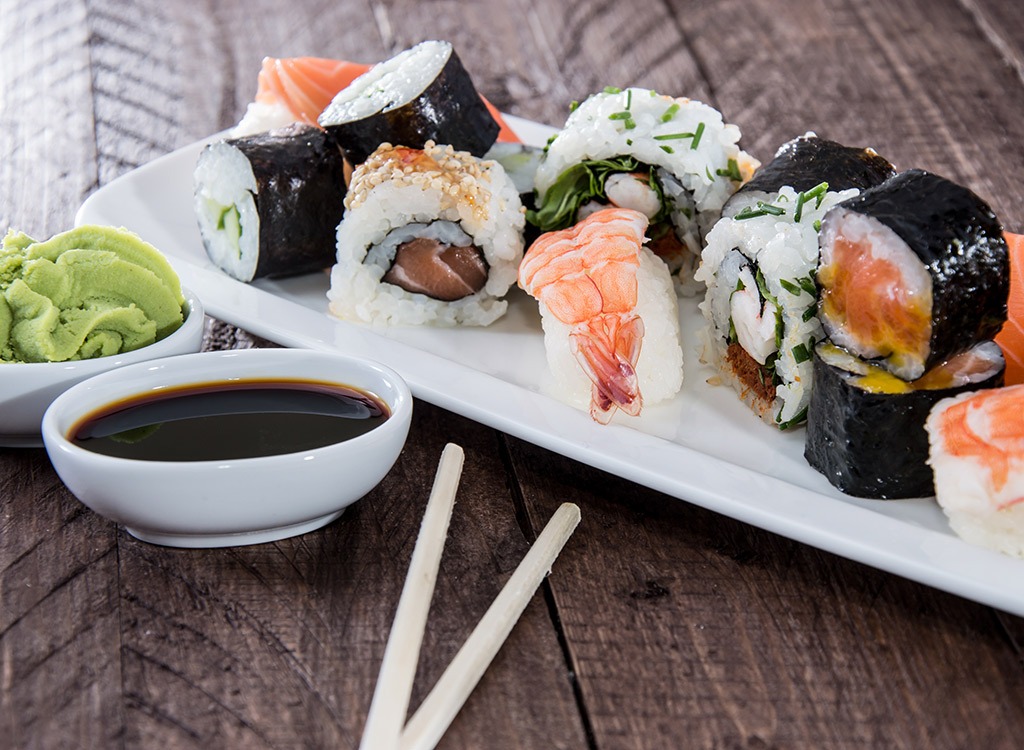
Sushi can surprisingly be hit or miss depending on what you choose.
"Watch out for anything labeled 'spicy' or 'crunchy' and anything with aioli or other drizzled sauces," Harris-Pincus says. "For example, a spicy tuna roll has around 100 calories more than a regular tuna roll sans the spicy mayo."
Tempura crunchies and sweet or mayo-based sauces also add a lot of calories to what would otherwise be a lean and protein-rich meal.
"Focus on seafood with veggies and broth-based soups," Harris-Pincus adds. "And, if you love it, choose one higher calorie item to round out your order."
Coconut Oil
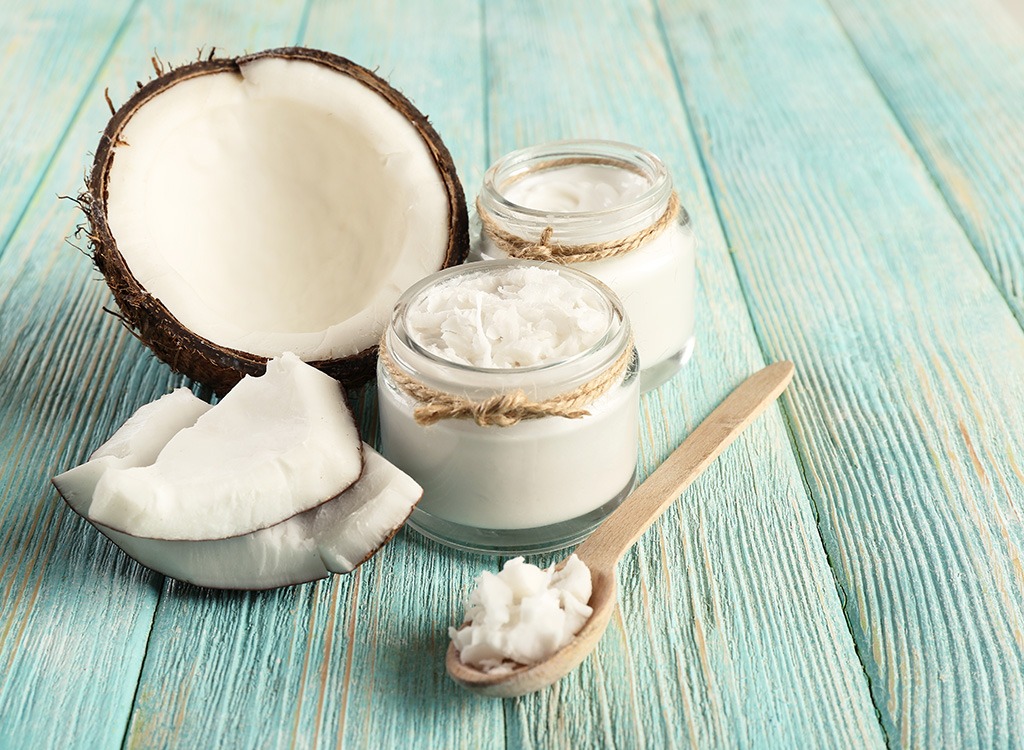
"Coconut oil wears a health halo and has become a go-to food in the wellness space," Harris-Pincus says. "Newsflash: Coconut oil has approximately 120 calories per tablespoon."
Many paleo and keto recipes are drenched in this high saturated fat oil, which if overdone, can easily derail your success. Treat coconut oil for what it is, which is something to be used sparingly.
Sugar-Free Candy
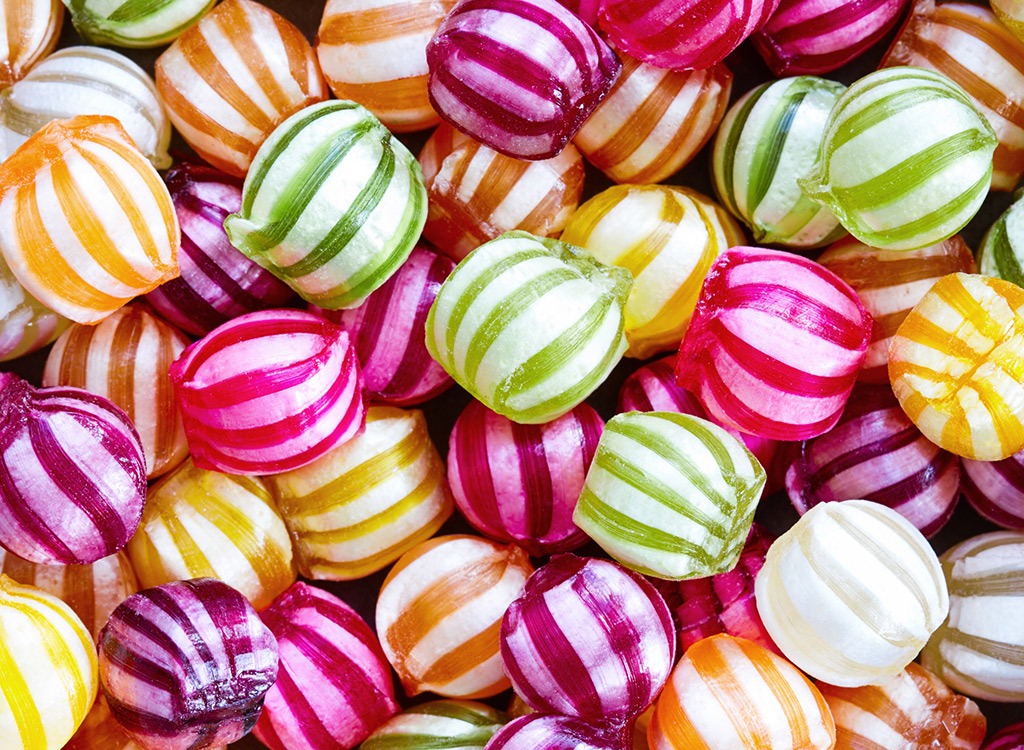
Sugar-free doesn't necessarily mean healthy or calorie-free.
"For example, using sugar-free chocolate chips for baking may save a few calories but not a significant amount, so portion size is key," Harris-Pincus says. "And anyone who has ever overdone it on sugar-free candy will attest that the sugar alcohols used such as sorbitol can cause major GI distress."
Keto Ice Cream
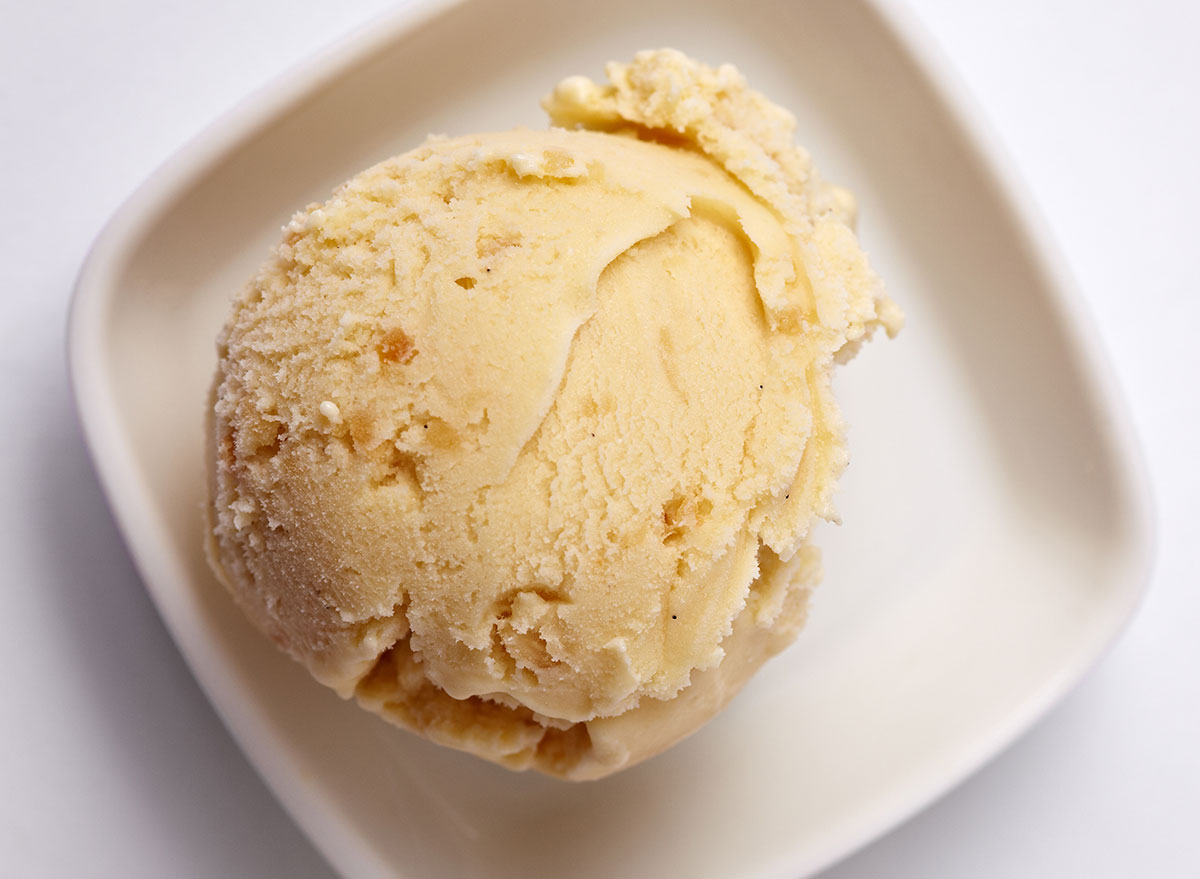
Keto ice cream may be low carb, but it's super high in fat and calories—and it's often higher in calories than regular ice cream!
"One leading brand of keto ice cream packs 210 calories per 1/2 cup, while an equally popular brand of regular, standard vanilla ice cream has 127 calories per 1/2 cup," she says.
When it comes to the science of weight loss, total intake of calories is often more important than carbs, she adds.
Gluten-Free Ice Bread
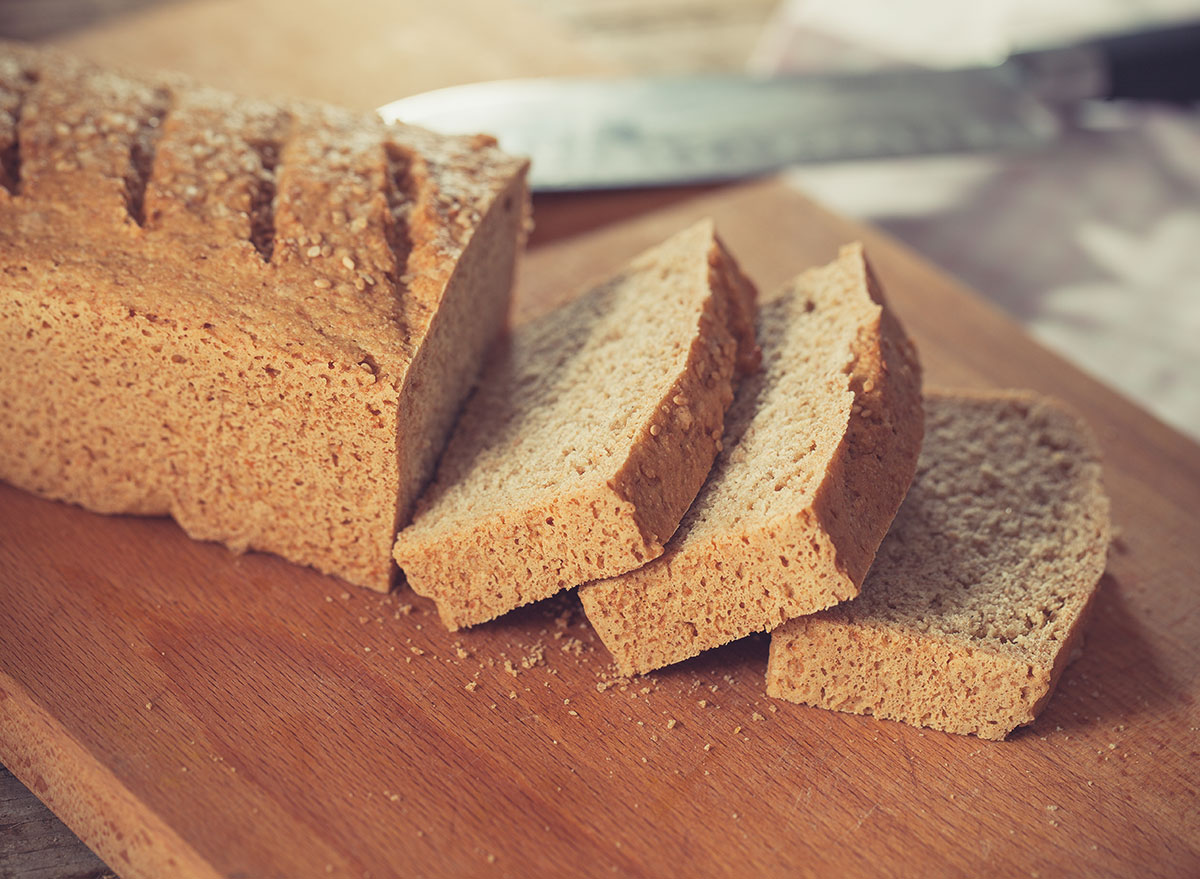
For those who think going gluten-free is the way to lose weight, gluten-free bread is often lauded as healthier than wheat bread. However, gluten-free bread is typically higher in calories and lower in fiber, and gluten-free grains that go into bread are processed and lack key nutrients like B vitamins, Harris-Pincus explains.
"Unless you have a medical reason to avoid gluten, ditching it will not help you to magically lose weight, other than forcing you to avoid high-calorie foods that contain it like pizza or pastries," she says.
Agave
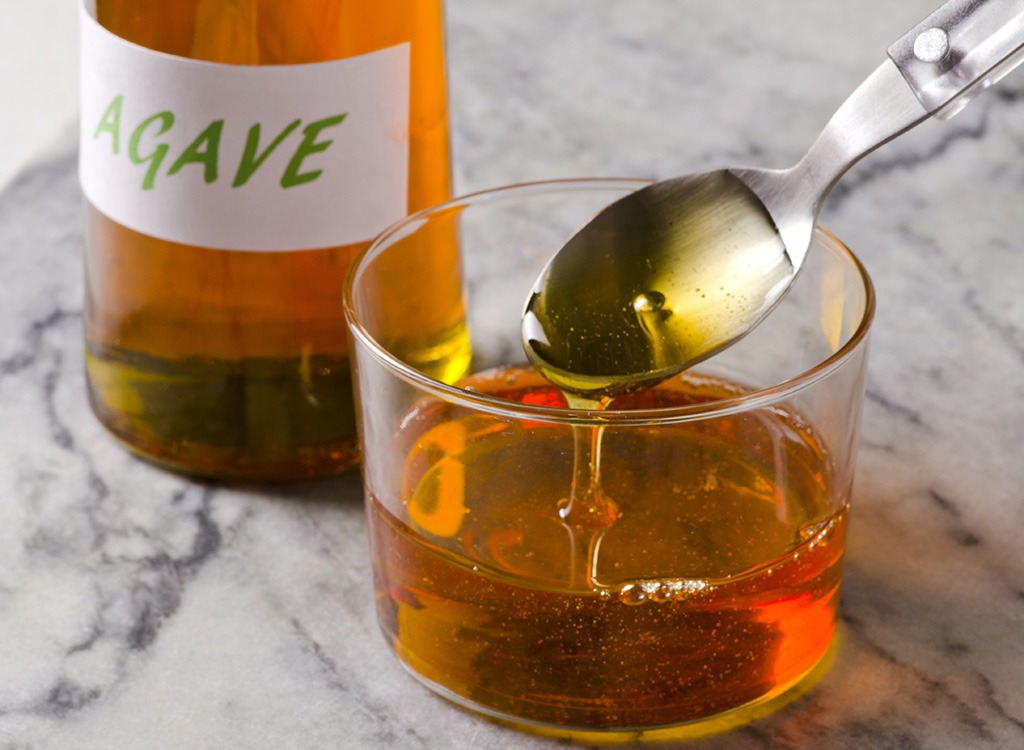
Agave is just another fancy-sounding sugar. Except for very minor nutrient differences, it's no different than eating regular table sugar, so the calories are similar.
"Plus, anyone with irritable bowel syndrome might find agave difficult to tolerate in larger amounts because it is high in FODMAPs, particularly fructose which is difficult to tolerate for many with IBS," Harris-Pincus says.
Wraps
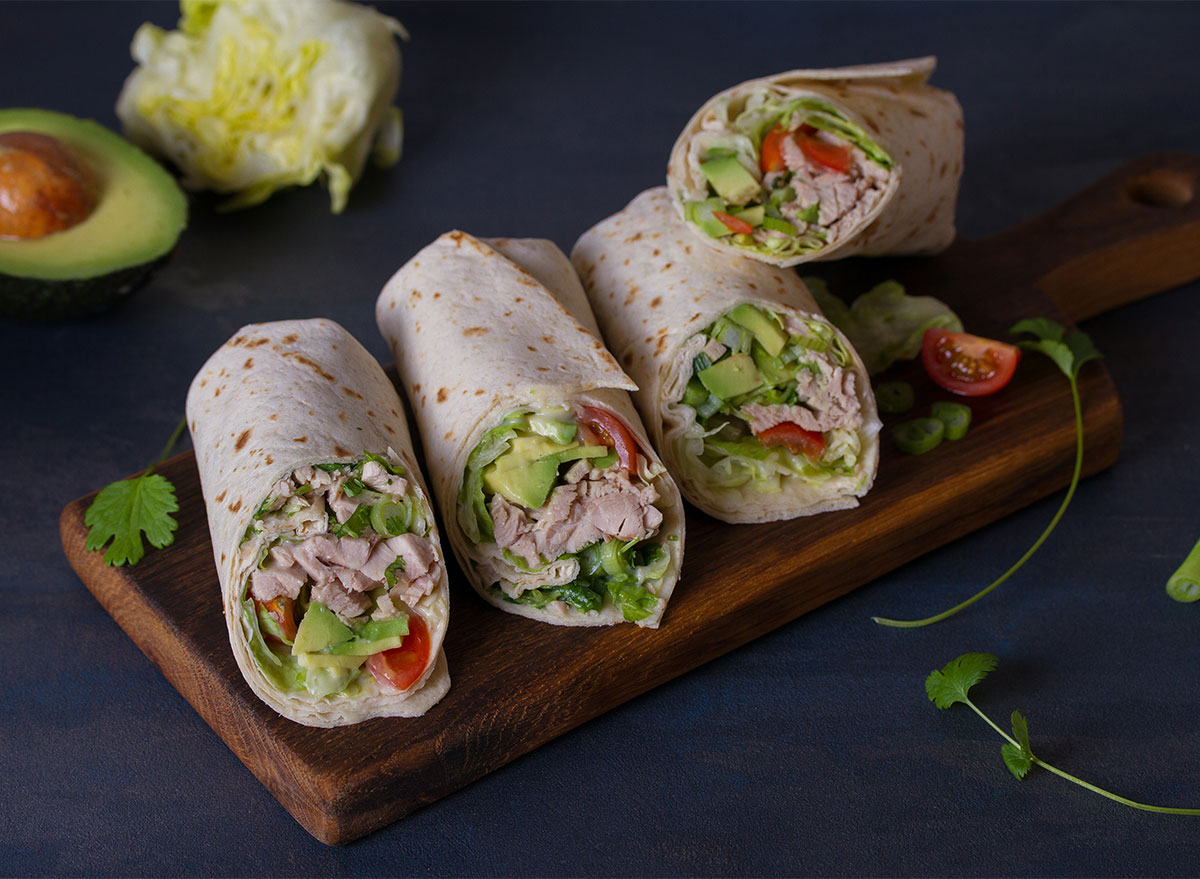
Ordering a wrap versus a sandwich isn't going to make it any better for you.
"People are often confused when it comes to choosing sandwich fixings," Harris-Pincus says. "Although wraps appear thin, which many perceive as having fewer calories, a traditional wrap clocks in at twice the calories of two standard slices of bread."
If wraps are your thing, make them at home using a low-calorie and low-carb wrap. Anywhere from 70-110 calories each is the sweet spot. Also, make sure the wraps are high in fiber in order to fill you up. If you're ordering out, cut off the ends (the part where the tortilla is folded but not filled) to save some extra calories.
Energy Bars
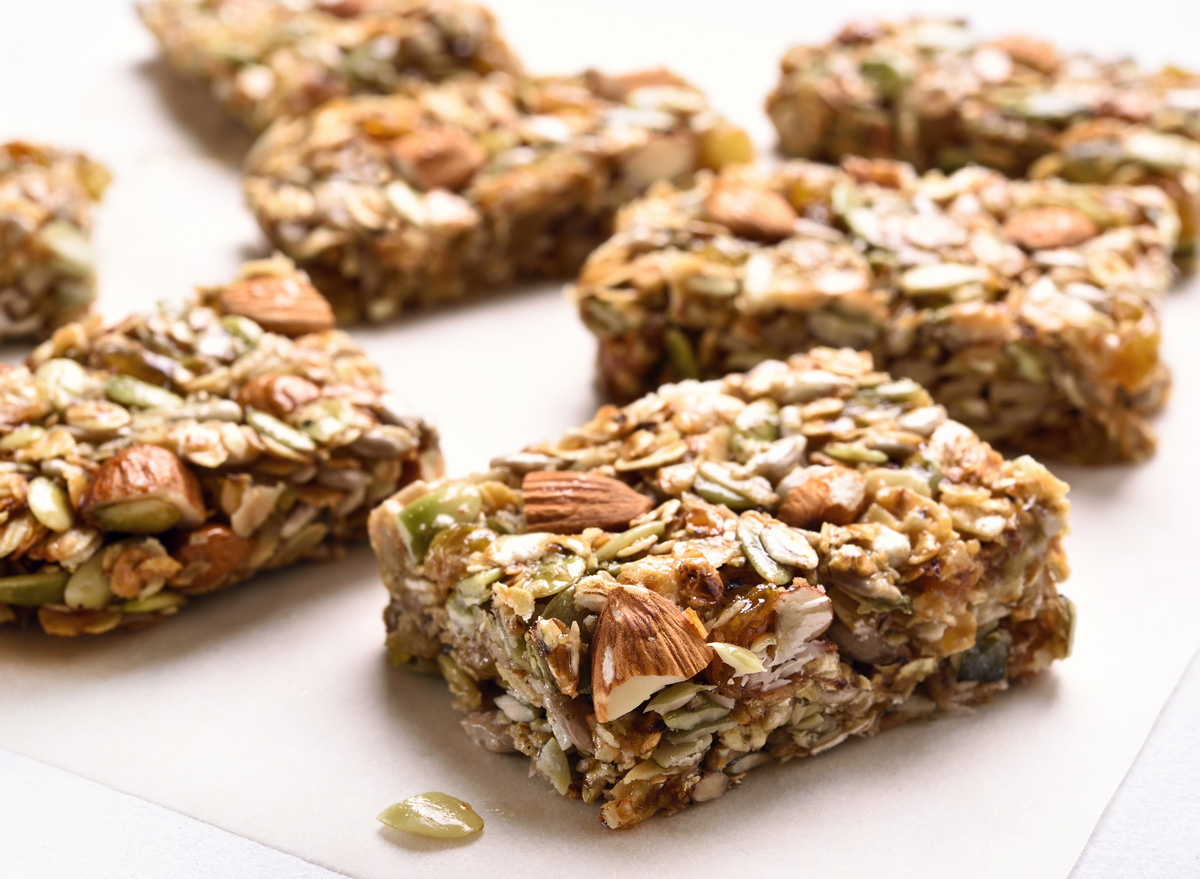
If you snack on "energy" bars on the regular, you may want to reevaluate this choice—especially since some contain enough calories to be a meal replacement versus a snack.
"Not all bars are created equal, so it's important to read the ingredient label and to get a sense for how many calories are in it," says Maggie Michalczyk, MS, RD. "I say anything over 250 [calories] is getting into meal replacement territory."
Frappuccinos
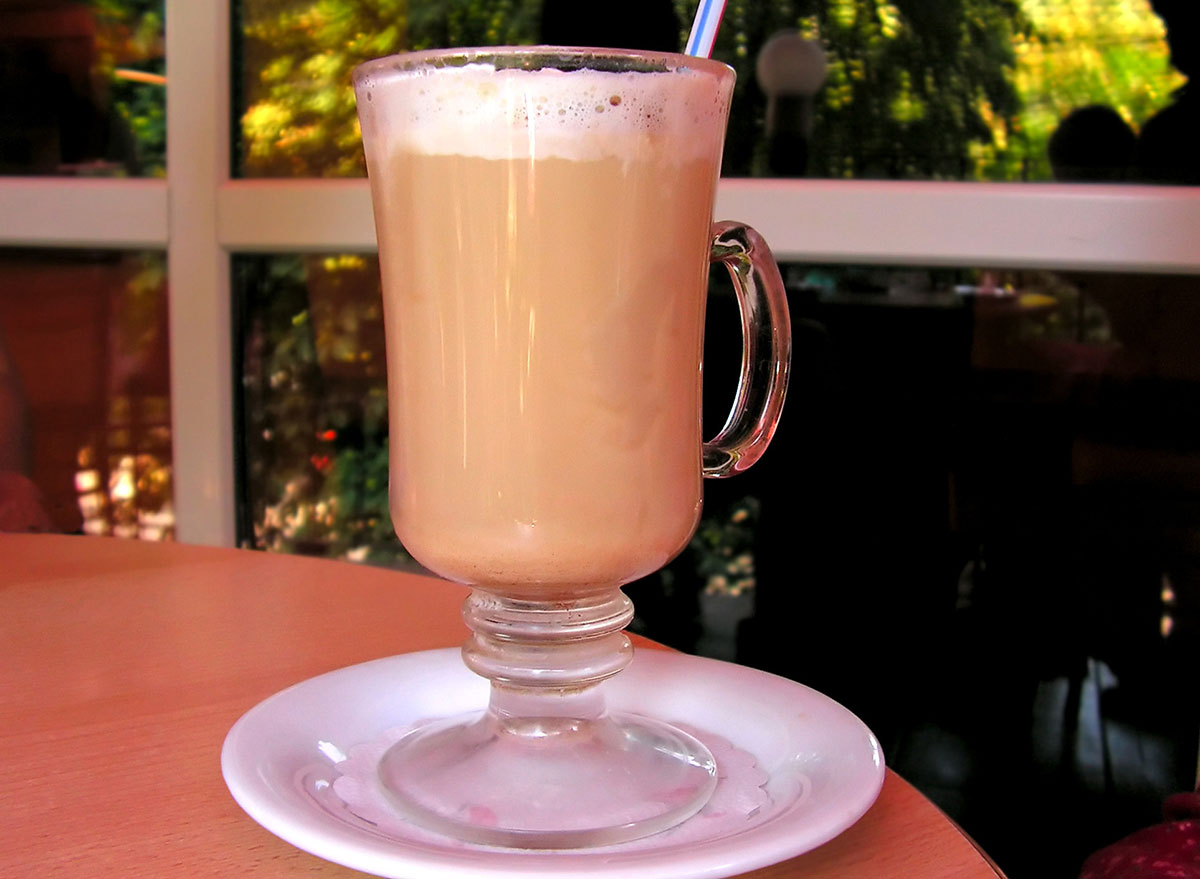
These frozen drinks that you'd typically find at a coffee shop or your local Starbucks can really fall more into the dessert category because they pack added sugar and extra calories.
"When trying to lose weight, I would treat these more as a once in a while treat versus an everyday coffee drink," Michalczyk says.
Instead, opt for plain coffee or low-sugar coffee drinks. If you don't drink your coffee black, try slowly decreasing the amount of sugar in your cup.
Processed Snacks
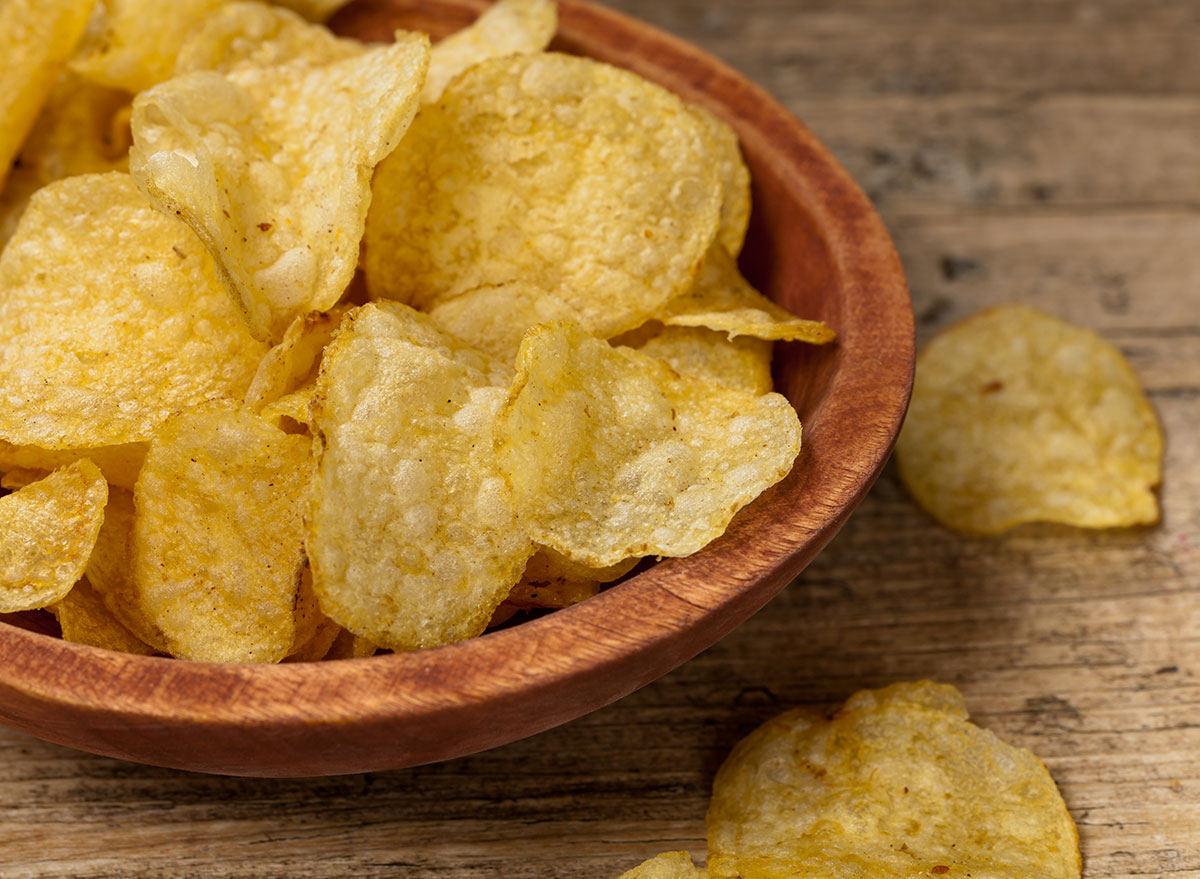
This is another instance where reading food labels is super important!
"Some processed snacks contain added sugar, fat, and calories, which can definitely add up. Opt for whole foods based snacks like apples and almonds, banana and nut butter, hummus and carrots, etc. when you can to replace something like a bag of chips every day," Michalczyk says.
Premade Cocktail Mixes
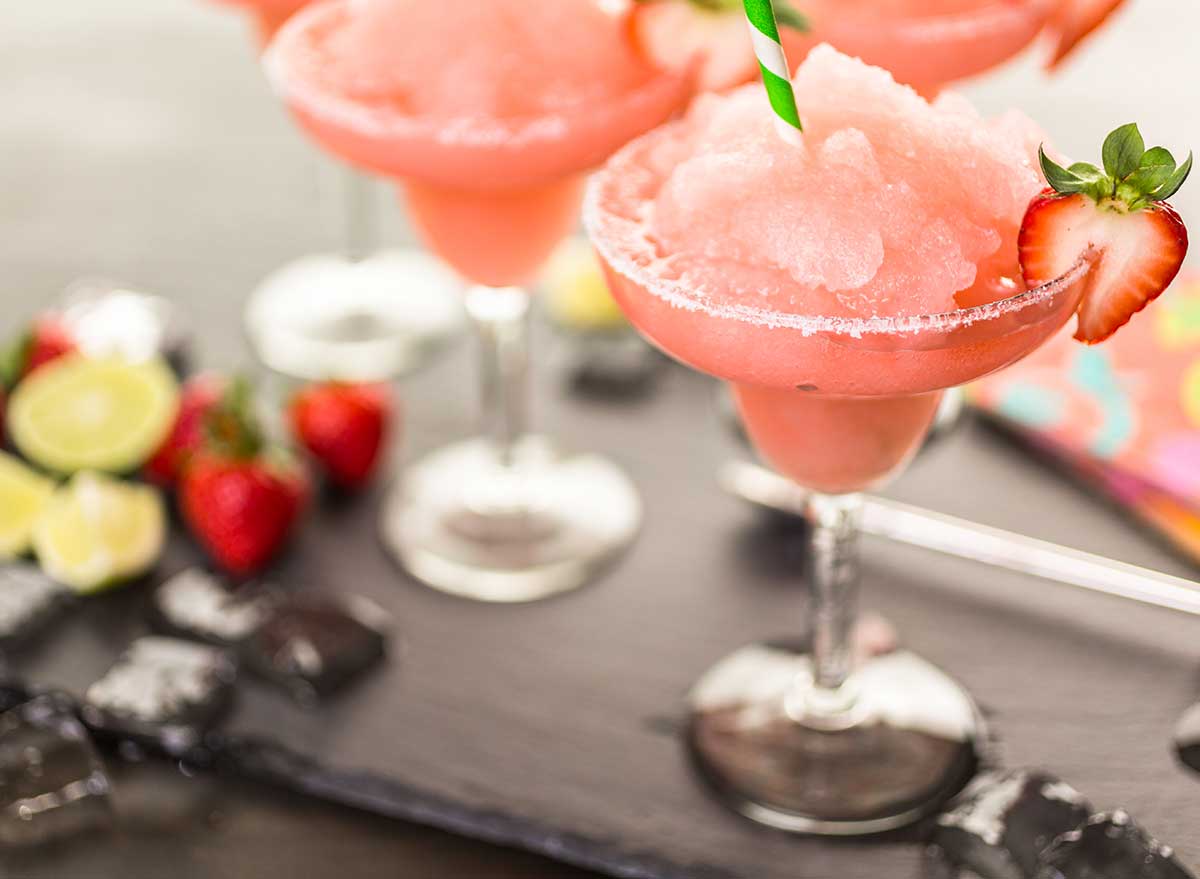
These are usually packed with extra calories and sugar, neither of which allows for a skinnier drink. You're much better off making a drink yourself from scratch, Michalczyk says.
"When trying to lose weight, look for spirits that are lower in calories and sugar," she adds. Also, be sure to ditch sweet mixers, using soda water or sparkling water instead.
Fast Food Salads
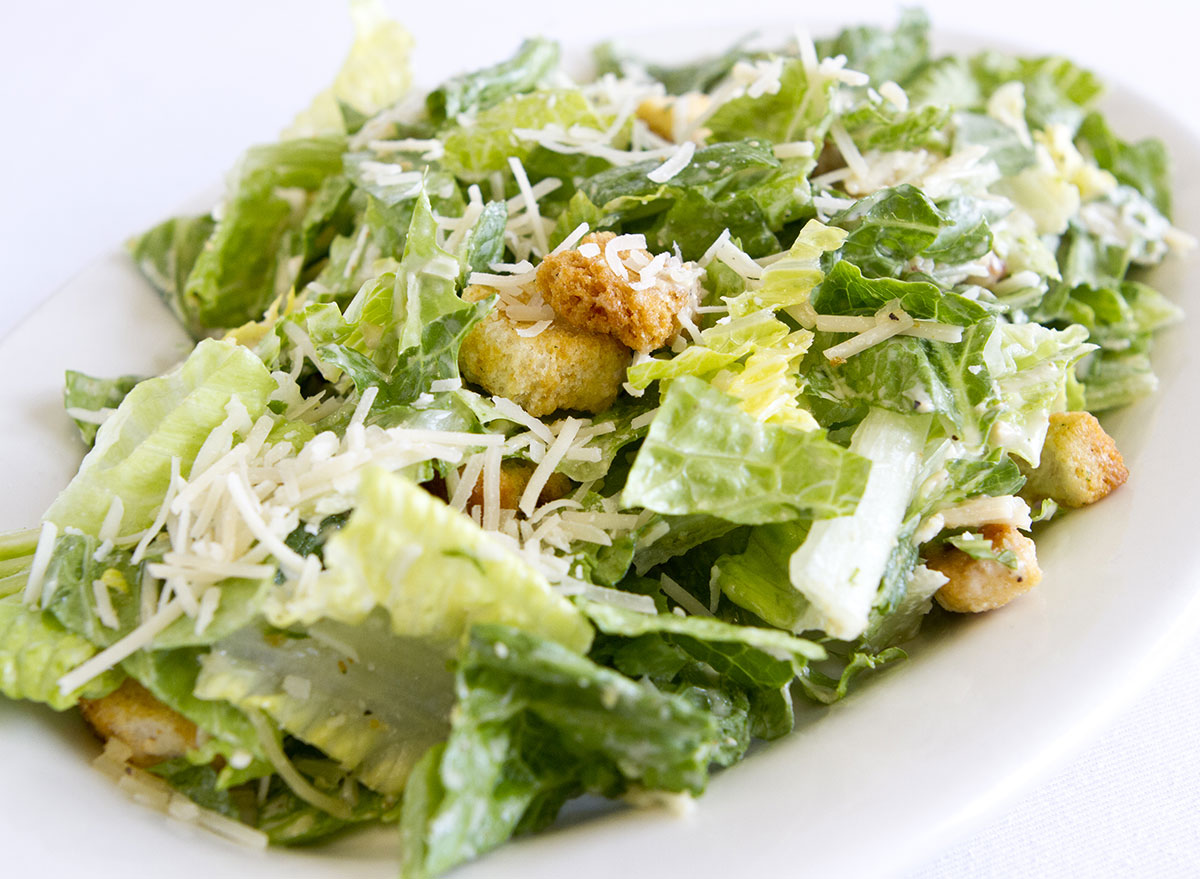
"Portions tend to be extra-large, plus even seemingly healthy dishes at restaurants and fast food places can be packed with fat and extra calories," Michalczyk says.
It's always best to try and make your own salad at home. If you do eat out, you'll want to check the nutrition breakdowns of these meals. Be sure to also ask for the dressing on the side, and skip out on those extra toppings like croutons and dried fruit.
Frozen Pizza
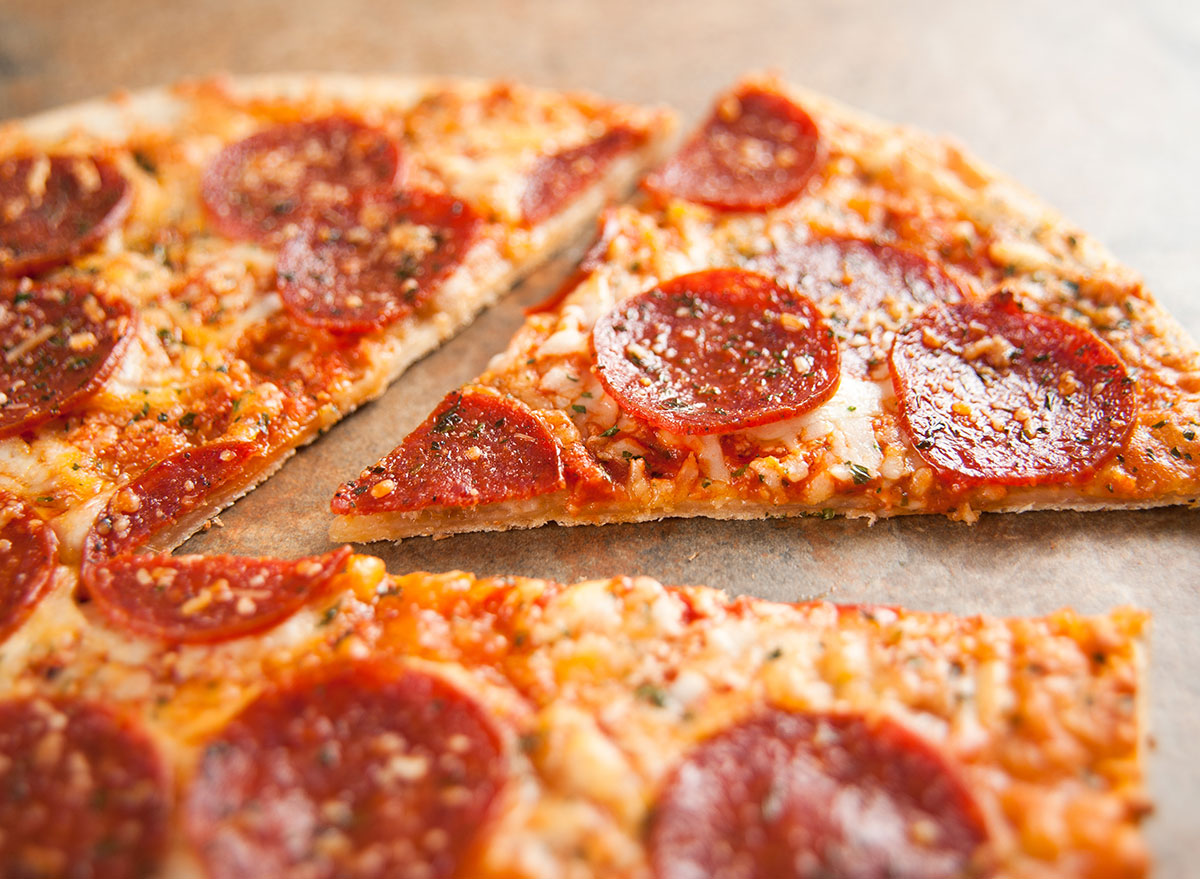
While there are some sensible options out there when it comes to frozen pizza, most popular brands pack a ton of extra calories, fat, and sodium per portion.
"This is another product that I would definitely read labels for, compare different brands, and even try to make my own pizza at home so that I could make it healthier with extra veggies," Michalczyk says.
Premade Smoothies
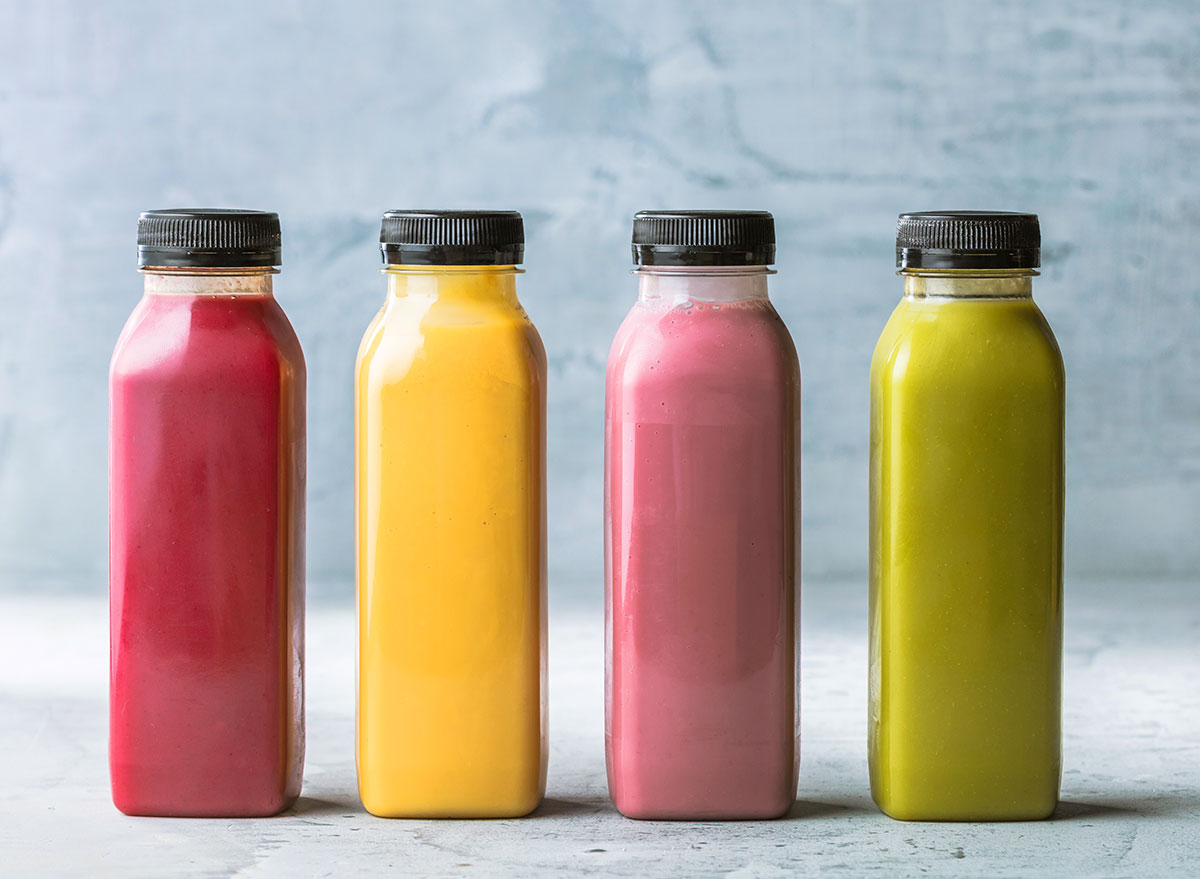
"Smoothies can be awesome for adding more nutrition to your diet; however, premade smoothies or smoothies from fast food places can pack nearly as many calories as a meal and added sugars," Michalczyk says.
News flash: Some may not even be made with real fruit!
Granola
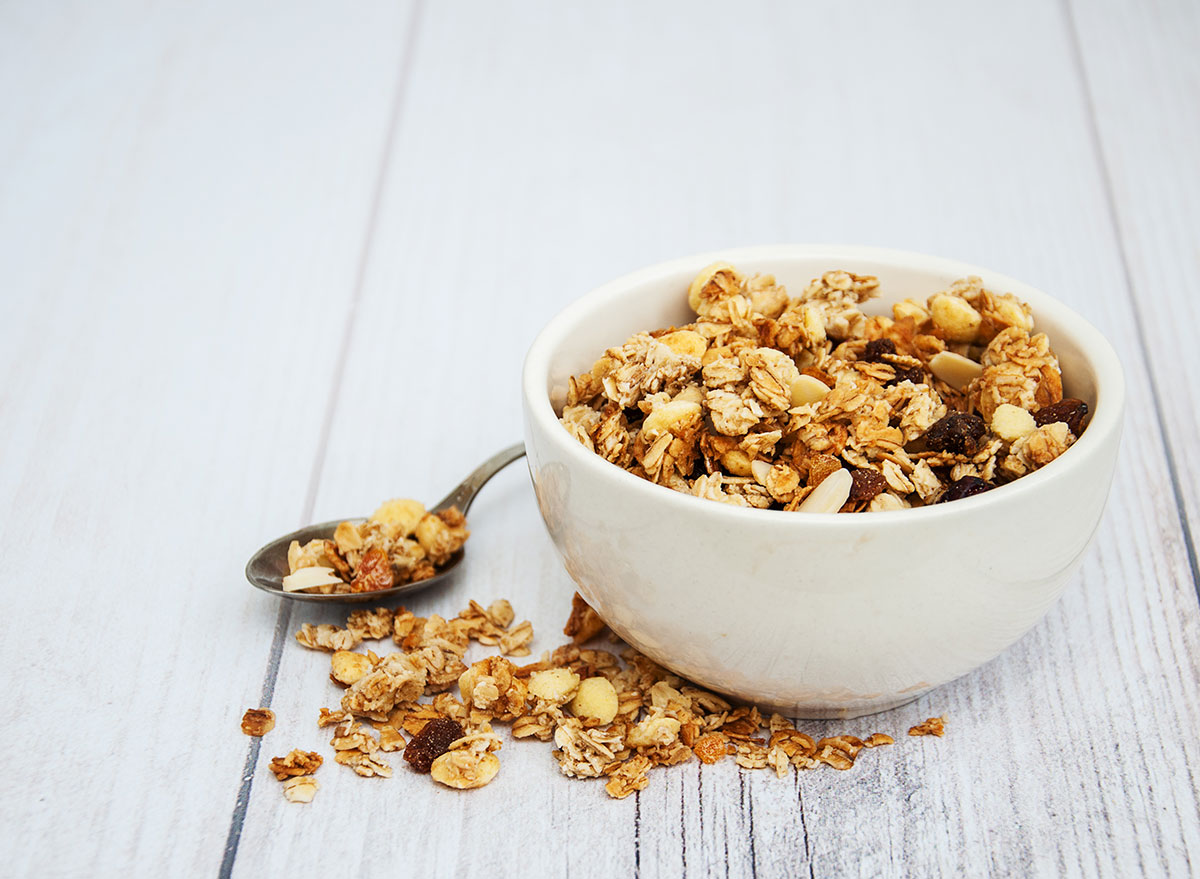
Granola can be a good snack. Not all options are created equally, though. Look for granolas that are lower in sugar and higher in protein.
"Most on the shelf contain extra sugar and are high in calories, which can sabotage your weight loss journey," Michalczyk says. "Plus, the serving size is often way smaller than the portion that we actually eat," she adds.
Diet Soda
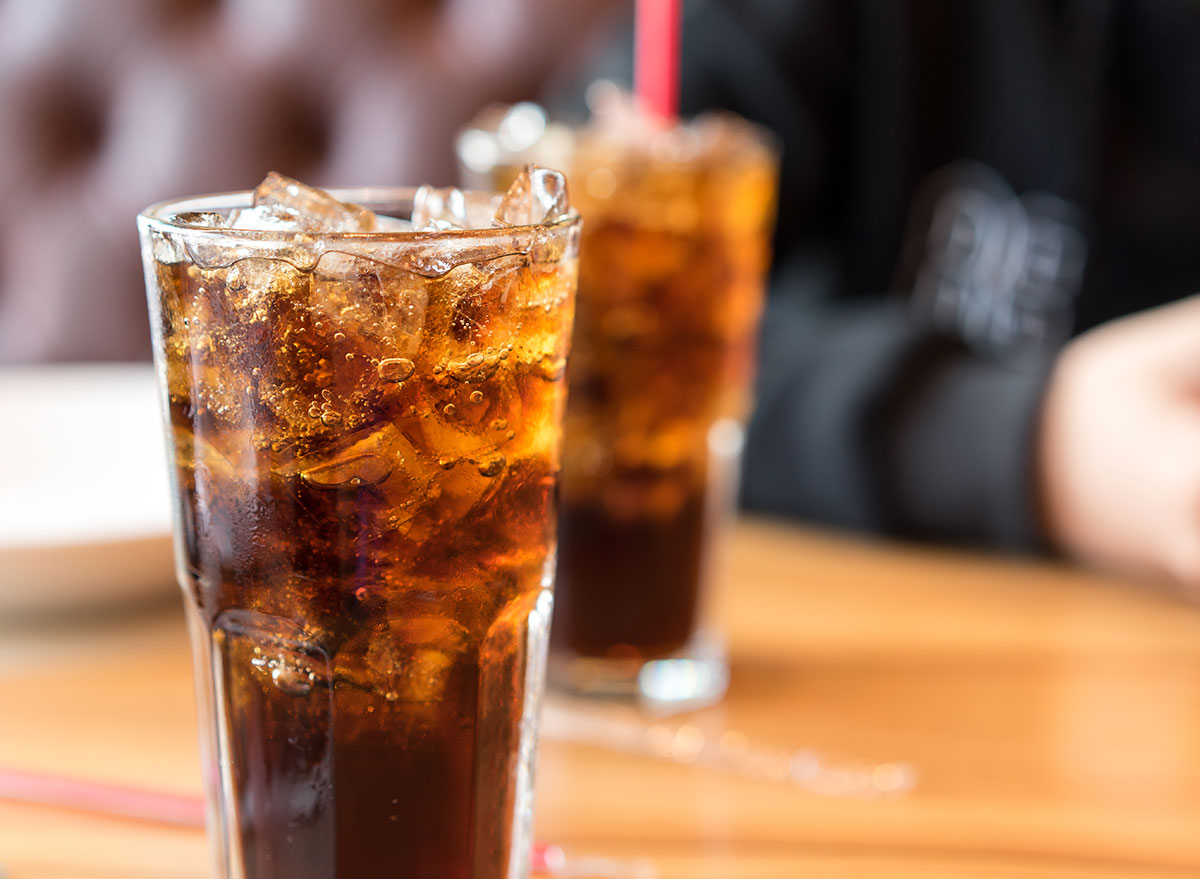
Don't be fooled by the fact that diet soda contains no calories. Research has tied diet soda consumption to weight gain, where individuals who drink diet soda were more likely to have high blood pressure and high blood sugar than non-drinkers.
Packaged Low-Carb Desserts
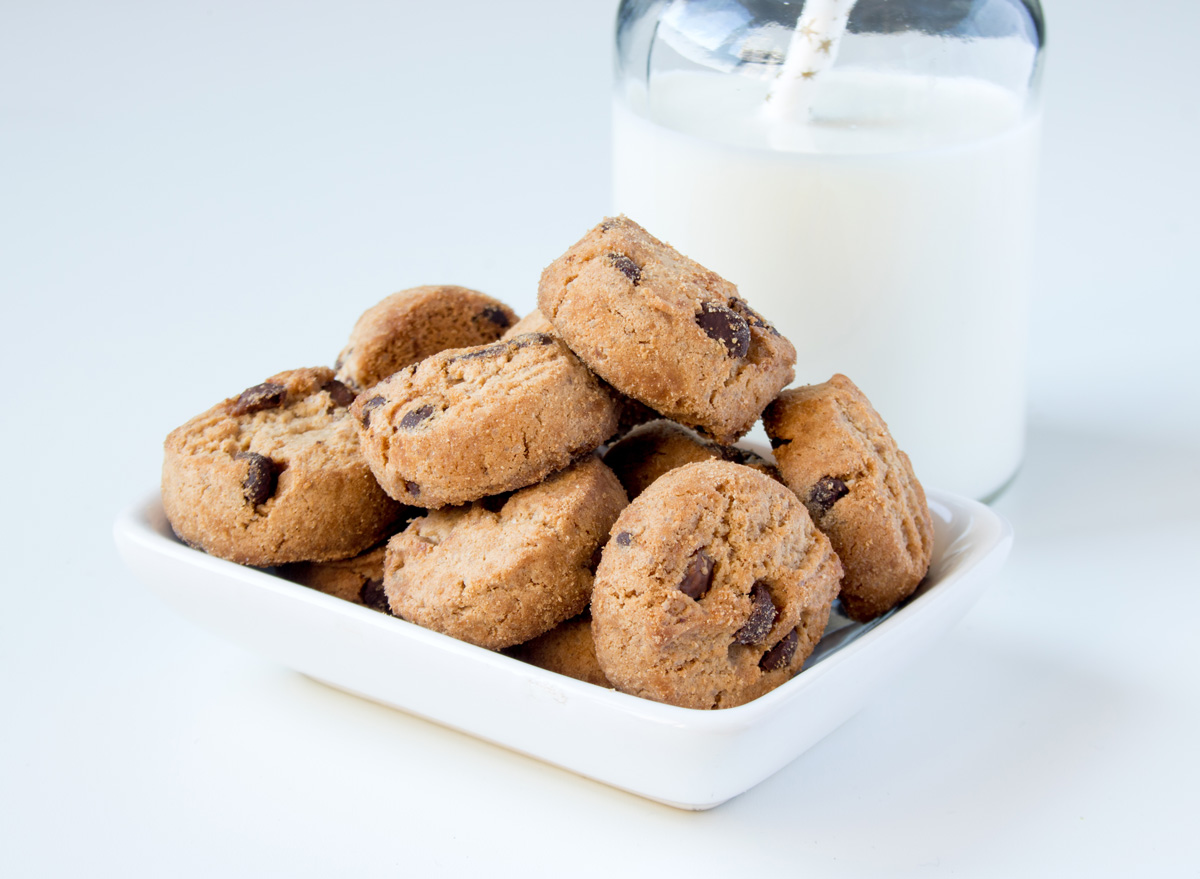
Most pre-packaged desserts are simply high in calories.
"I say make a treat at home where you can use healthier ingredients and less sugar when trying to lose weight while keeping calories in check," Michalczyk says.
Dried Fruit
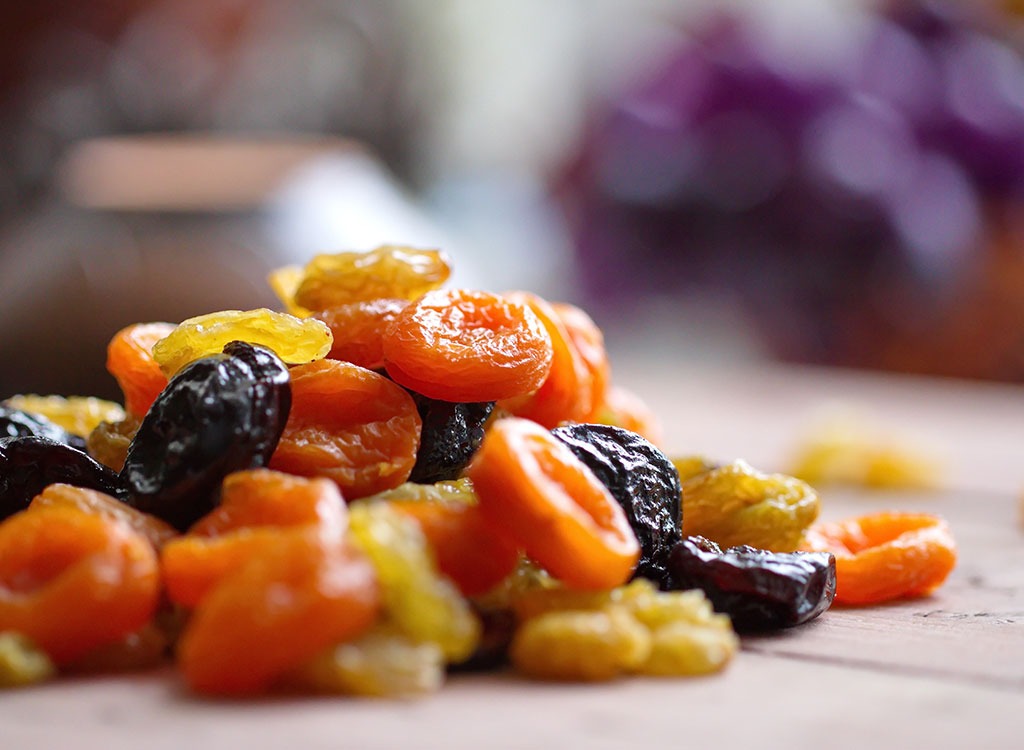
While you may enjoy some dried mango or dates on occasion, dried fruit is actually super high in sugar. Since it tastes so good when you dig into the bag, it's also hard to stick to a serving size.
Think of trail mix, for example. If you're not careful, you could easily find yourself eating up to three servings at once! Instead, eat dried fruit sparingly, and always try to go for fresh fruit instead.
Fat-Free Dressing
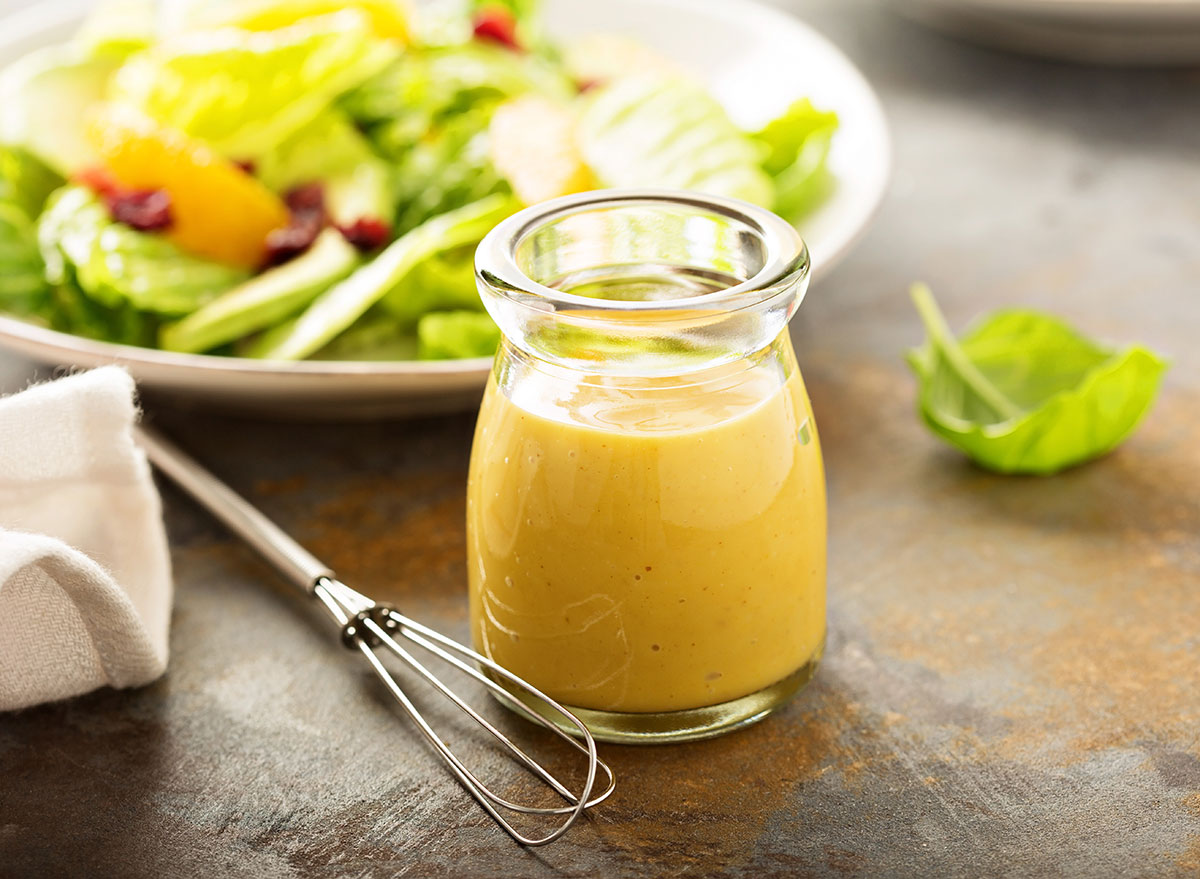
You may think fat-free dressing is healthier than putting a thick and creamy or oil-based option on your salad. Oftentimes, fat-free dressing is higher in sugar in order to compensate for the lack of fat—and it won't help fill you up, Harris-Pincus says. Either a drizzle of olive oil and lemon or a thicker, avocado- or Greek yogurt-based dressing is actually better for you.
No comments:
Post a Comment